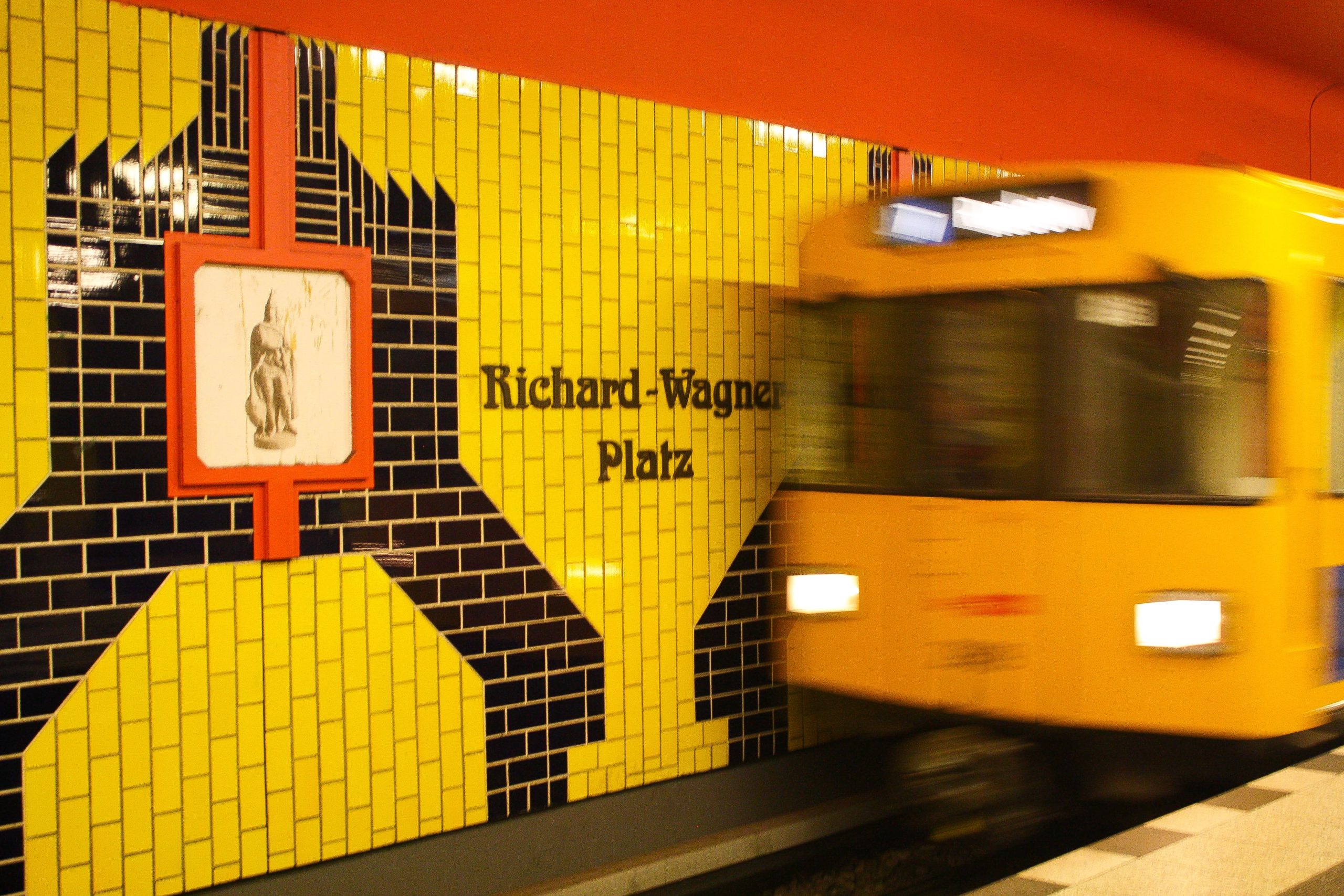By Lindsay Taylor,
an anthropologist from USA, working in Germany
Taj Mahal, Machu Picchu… BVG?
The public transportation system of Berlin, otherwise known as BVG, is making a bold claim. Last December, the notoriously dysfunctional company announced its bid to join the UNESCO World Heritage List. It was received in the German capital with a warm, “Are you kidding me?!”
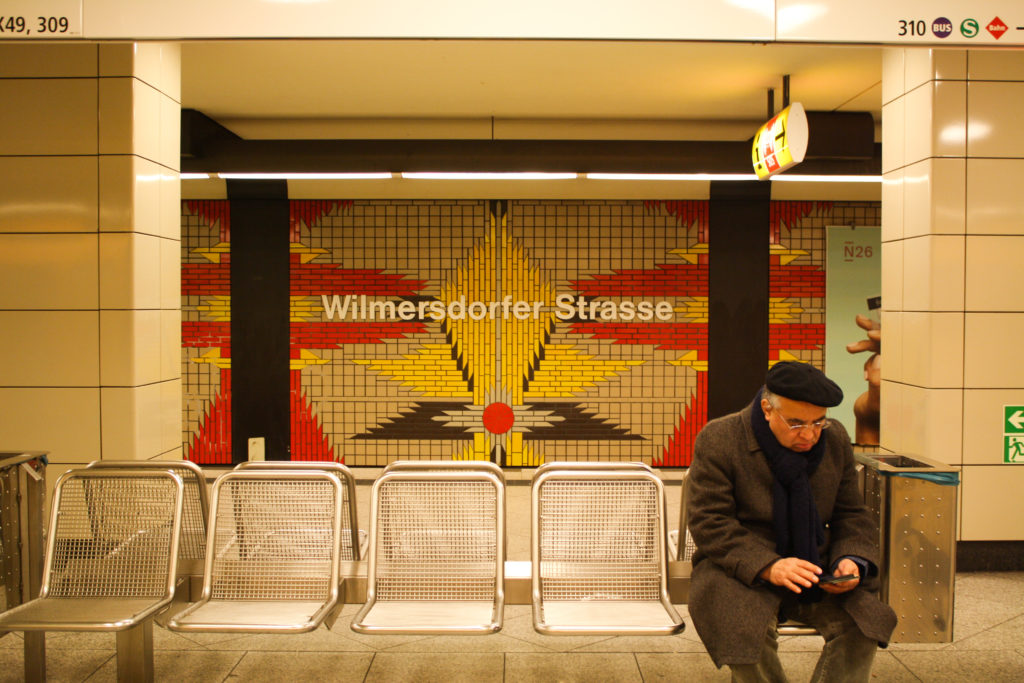
Like many of BVG’s marketing campaigns, their latest walks a fine line between earnestness and irony – a perfect fit for the city’s vibrant yet curmudgeonly atmosphere. It’s impossible to tell which side of the line they actually fall on; they’ll insist it’s real while laughing in your face. Take it from a Berliner, trying to get a straight answer from the BVG is like trusting the M41 bus to get you to your destination on time. Case in point: on their website, where you can vote to support their bid, they begin their pitch with the phrase “Are we serious? Of course we are! Have we ever been ironic before? Our timetables are actually meant to be serious, too.”
The video announcing their candidacy is certainly tongue-and-cheek. BVG heads off all the obvious criticism by embracing their blatant faults as Berlin’s “heritage.” Aggressive bus drivers, malfunctioning ticket machines, and chronic delays all feature in the ad, presented as evidence that though they’re a mess, they’re our mess. It’s silly, to be sure, but it makes a valid point. Berlin’s history is tumultuous to say the least, and in a city that’s constantly changing – politically, architecturally, culturally – BVG’s presence offers a sense of stability, despite their consistent inconsistency. And after all, a key aspect of heritage is its ability to unite a community through shared history. Though whether or not something as nebulous as “sense of humor” could be considered universal world heritage is difficult to define and even harder to defend.
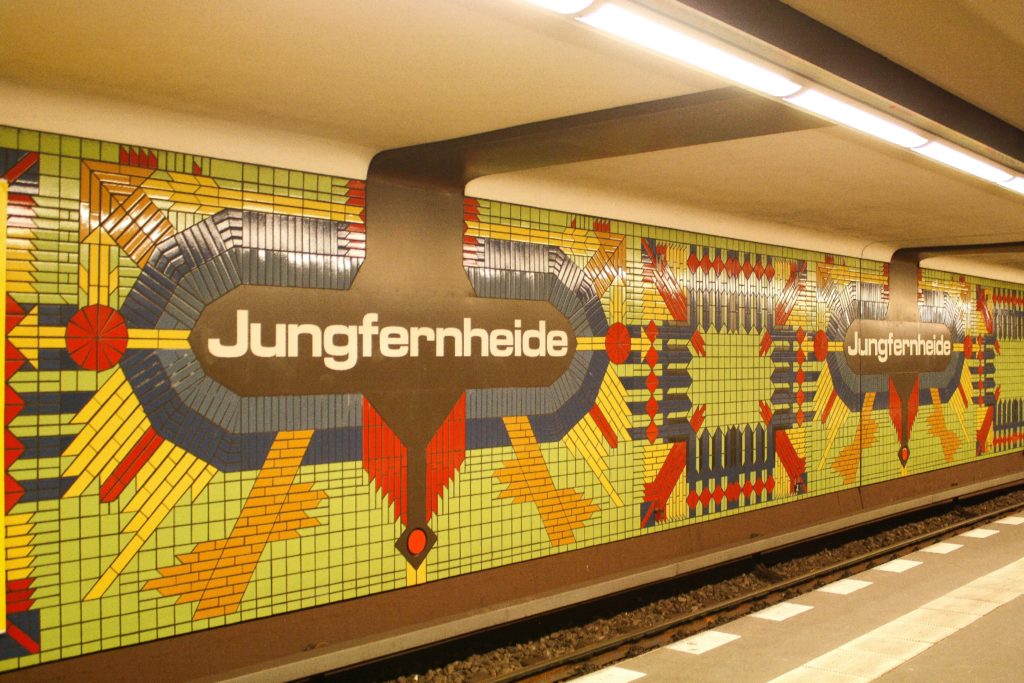
History Underground
But this is not to say that Berlin’s public transportation system has nothing culturally valuable to offer. Alone the architecture of its subway system, known as the “U-Bahn”, has a rich and complex history deserving of its own recognition. Berlin’s tourism sector has already begun capitalizing on the city’s underground history – from WWII bunkers to Cold War escape tunnels – but there is plenty more left unexplored by the average tourist.
In 1896, the automation company Siemens began construction on an above-ground railway system which stretched from east to west, connecting the wealthier boroughs of the city. It wasn’t until the 1920s that underground lines connecting the northern and southern working-class neighborhoods opened. Each political regime that took control during the intervening years approached U-Bahn construction in a different way, creating a fascinating patchwork of architectural and typographical styles. Changing times meant changing sensibilities, and some stations on the same line vary wildly from one end to the other, having adopted new looks as they were expanded.
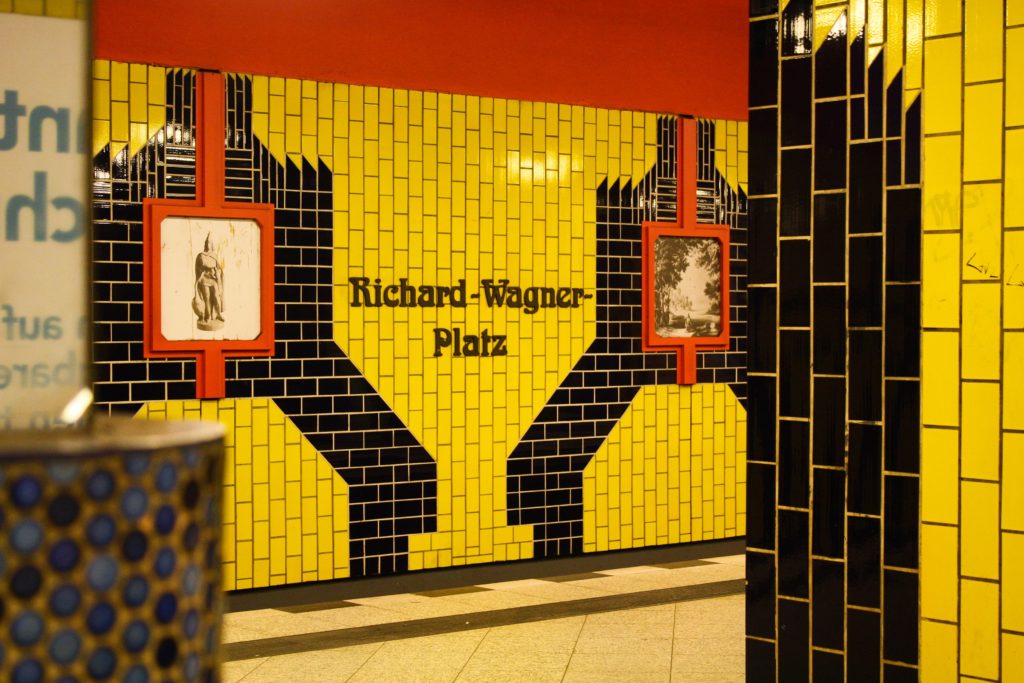
The U7 is a particularly interesting example, offering massive diversity from start to finish, despite the fact that most stops were designed by one man: Rainer G. Rümmler. In the 60s, Rümmler’s designs were more conservative, though he drew on subtle allusions to stations’ namesakes, such as blue tiles for Bayerischer Platz (Bavarian Square), representing the Bavarian state colors. By the late 70s, Rümmer became far bolder in his designs, installing intricate mosaics in the stops connecting central Berlin to the western district of Spandau. His colorful, playful designs continued to draw upon the station’s namesake or local history. For instance, Richard-Wagner-Platz plays tribute to the famous composer with depictions of scenes and figures from his operas and a typography which alludes to Romantic-era Germany. At Mierendorffplatz, the tiles form a subtle ‘M’, referring to the name of the station, and at Jungfernheide, a flower motif represents the forest and heather that once covered the area. All three are featured on Berlin’s list of protected landmarks, along with ninety-eight other U-Bahn stations, including several other examples of Rümmler’s work.
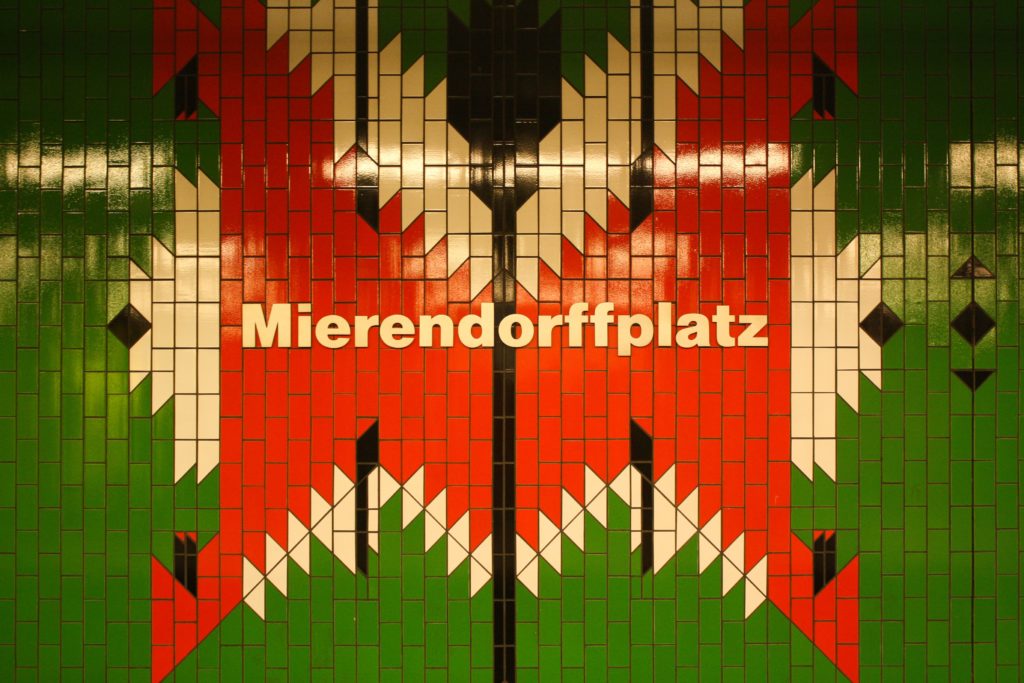
Mixed Signals
Ironically, BVG has been a vocal opponent to the addition of stations to Berlin’s list of protected landmarks. They argue the protected status comes with strict rules concerning structural changes, which prohibits necessary improvements regarding safety and accessibility. While this is understandable, it does undercut their own campaign to be included among UNESCO’s official cultural heritage. Local historians and architects defend the inclusion of U-Bahn stations on Berlin’s list and propose that the city make a greater effort to protect the subway lines in former East Berlin, as they have in the West. BVG has targeted several eastern stations for renovation on the grounds that their construction is no longer sound, which has sparked fears of an imbalanced representation of the capital’s so-called “double heritage.”
Whether it’s officially designated or not, it’s clear that Berlin’s transportation system represents a vital part of the city’s cultural heritage. BVG’s slogan declares their love for Berliners, and for better or worse, Berliners tend to love them back. Berlin comes together in its subways, buses, and trams. Ultimately, the U-Bahn is sacred to Berliners because it acts as the great equalizer of the city, a place where people of all walks of life meet. You can’t truly know Berlin properly without stepping into the world under its streets and witnessing the motley crew of hipsters and punks, pensioners and high schoolers, all who rely on BVG to get them from point A to point B – even if it’s twenty minutes later than expected.
XXXXXXXXXXXXXXXXX